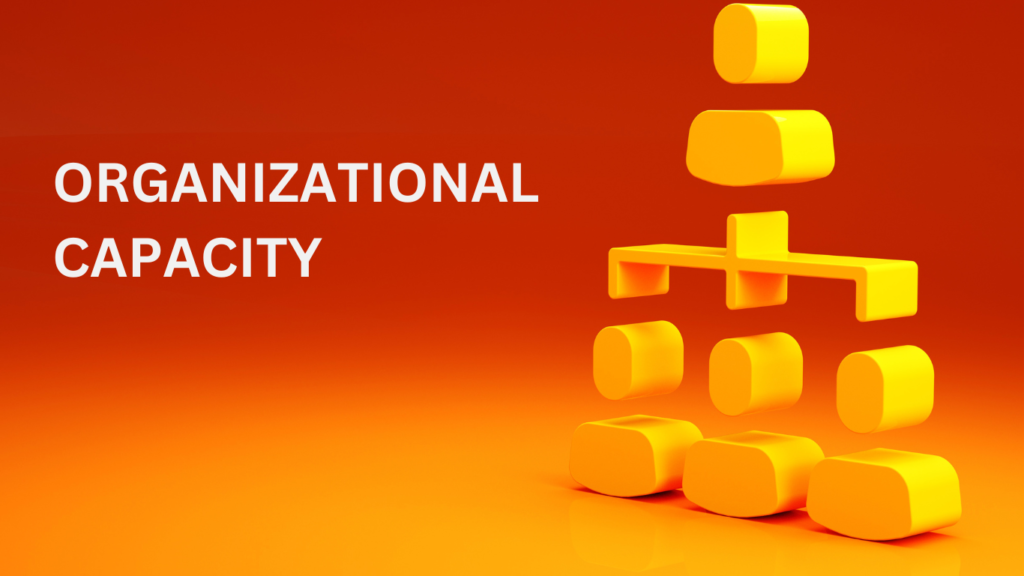
You’re never going to kill storytelling because it’s built in the human plan. We come with it.”
-Margaret Atwood, The Handmaid’s Tale
Those who have followed me may be familiar with my story and what brought me to this point in my career. In the event a Google Search landed you on this article, welcome! Click here to read my story.
My purpose here is to help you discover your gift of storytelling. Whether you tell your own story or use storytelling to accomplish a goal, there is no doubt that a well (or effectively) told story can make an incredible difference in perceptions and enthusiasm.
I’d love to hear your story. Click Here to book a 1:1 Executive Women Breakthrough Session – together, we can explore ways your story can benefit you in the boardroom.










